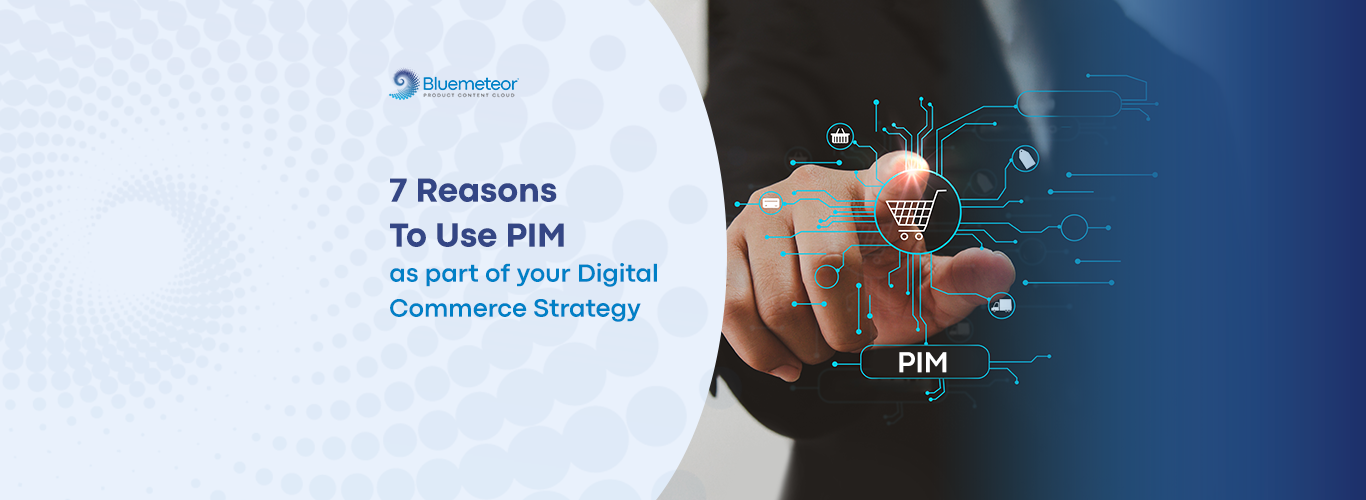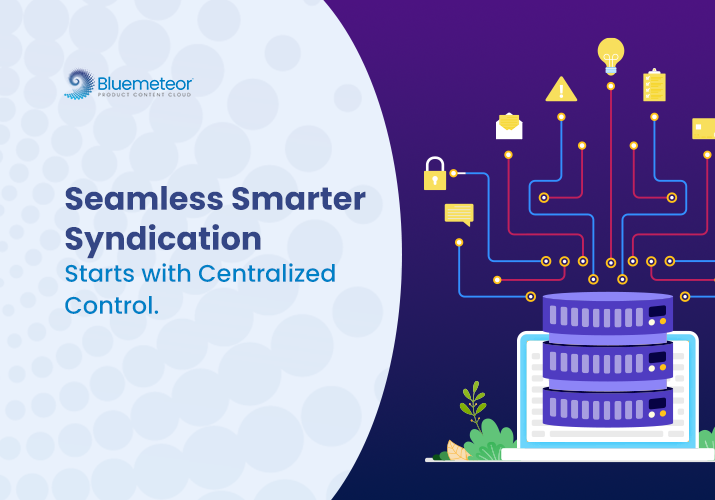7 reasons to use a PIM as part of your Digital Commerce Strategy

PIM as part of digital commerce strategy: Product content is the universal language to support and improve the communication and relationship between brands, manufacturers, retailers, distributors, eCommerce marketplaces and customers.
With centralized access to different types of product data across the board, product information management (PIM) software makes it much easier for marketers to provide a connected, holistic customer experience. Here are the top 7 reasons why you need to have a #PIM as part of your digital commerce strategy.
- GO-TO-MARKET. SPEED & SCALABILITY
Create better processes by centralizing, organizing, and managing your product data to ensure your product hits the digital shelf sooner. Reduce time-to-market to realize accelerated revenue generation and a jump in overall sales.
2. QUALITY & CONSISTENT PRODUCT INFORMATION MEANS MORE SALES
Online buyers expect comprehensive and varied product information that resolves all their questions without having to contact a sales representative. A PIM system centralizes all product data including digital assets and syndicates it across all priority channels.
3. PRODUCTS GAIN GREATER DIGITAL VISIBILITY
Discovery through search engines depend on content and keywords. And as we know Google loves original and complete information. For this reason, taking care of your product content allows you to gain the customer’s trust and the trust of online search engines.
4. CUSTOMERS EXPERIENCE A SEAMLESS EXPERIENCE
Online customers consult more than 2 different channels before making a purchase. A PIM is a tool that ensures consistent product content at all key points of the sales cycle and product discovery by consumers.
5. CUSTOMER RETENTION AND LOYALTY
Correct product data facilitates better purchasing decisions and delivery of the order as expected, leading to fewer returns and shoppers would rather trust your brand or store than take a chance on a new one.
6. EXPANDING & LAUNCHING IN INTERNATIONAL MARKETS
A PIM facilitates the management of multi-language product content. It includes automated language translation functions, and speed up the editing and publication of the correct information, appropriate to each region.
7. THE COMPANY GAINS INTELLIGENCE ABOUT PRODUCT PERFORMANCE
A PIM is a system to access intelligence about your products, discover how they can perform better and what is working better or worse in your digital and offline sales channels.




